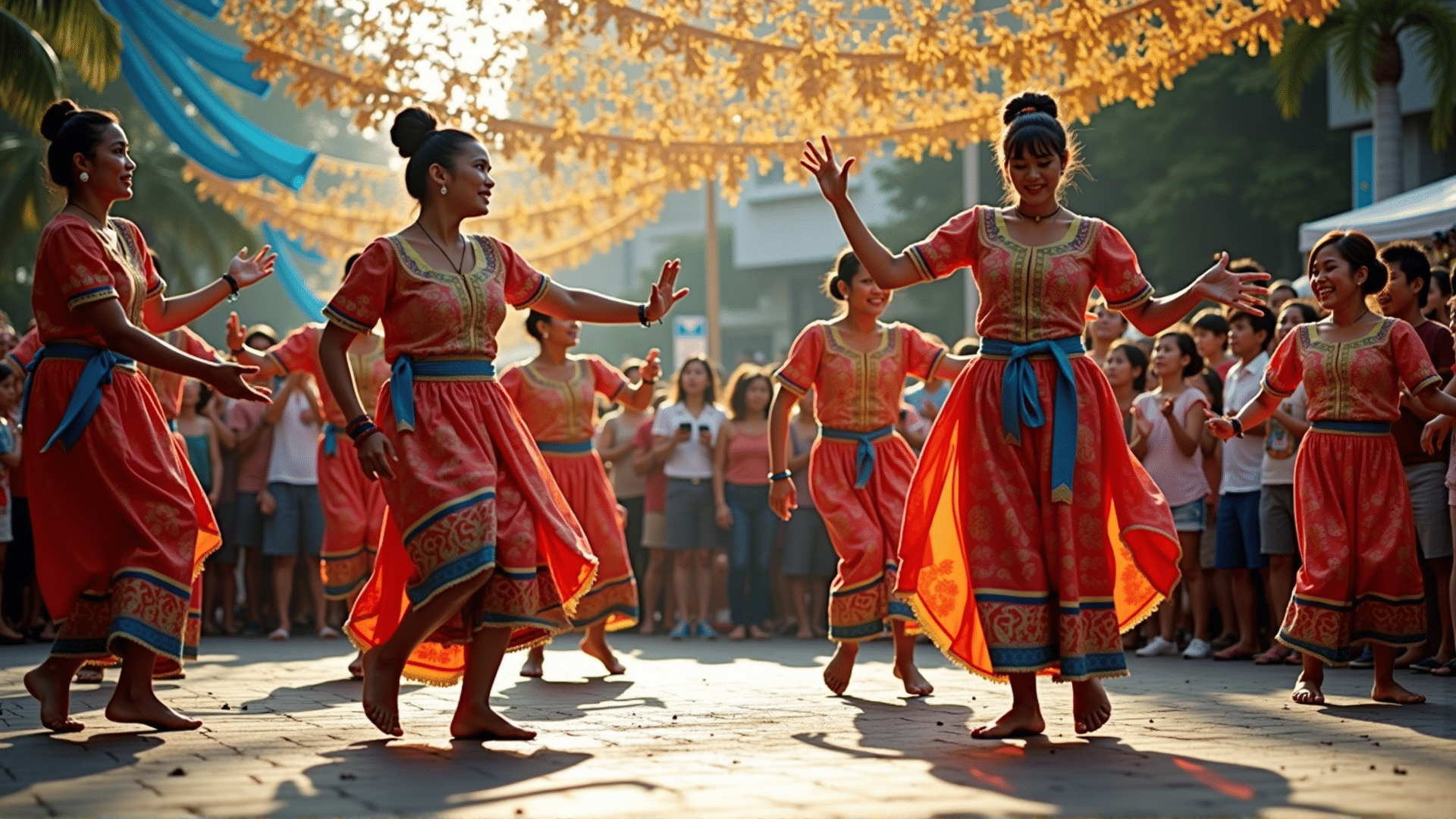The cultural history of the Philippines is a vibrant tapestry, woven with threads that span continents and centuries. Its heritage is a reflection of its geographical position as an archipelago in Southeast Asia, with more than 7,000 islands, each possessing unique traditions and practices.
The Philippine culture has been significantly influenced by its various interactions with different nations. Spanish colonization, which lasted more than 300 years, left an indelible mark, especially in religion, architecture, and cuisine. Spanish influence introduced Christianity, which plays a significant role in the lives of many Filipinos today. Century-old stone churches scattered throughout the islands, for example, stand as a testament to this era, bearing witness to countless events and traditions that have shaped communities.
In addition to Spanish influences, there are strong indigenous elements within Filipino culture. Before colonial rule, the islands were home to a rich tapestry of beliefs, languages, and practices. Each ethnic group developed its own art, literature, and oral traditions, evident in the wide array of festivals celebrated across the nation. Festivals such as the Ati-Atihan, the Sinulog, and the Kadayawan are vibrant bursts of color and sound, celebrating everything from miraculous religious events to bountiful harvests. Traditional dances like the Tinikling and Cariñosa showcase the graceful movements and rhythmic music characteristic of the islands.
Moreover, the Philippines has a notable connection with its Asian neighbors, leading to an exchange of cultural practices and beliefs. Trade relations with China, Japan, and other Southeast Asian countries have influenced local crafts, textiles, and even cuisine. The time-honored tradition of weaving, evident in the intricate patterns of the Ifugao and the textile artistry of the Yakan people, reflects this multifaceted history.
American influence is also significant, predominantly seen in the English language's widespread use and in aspects of education and popular culture. This blend of Western and Eastern influences is apparent in the country's arts, media, and systems of learning, contributing to its unique cultural identity.
The Philippines' diverse languages also play vital roles in maintaining cultural heritage. With over 170 languages and dialects spoken, linguistic diversity reflects the richness of its history. Efforts to preserve these languages are crucial in maintaining the cultural identities of various indigenous groups.
In recent years, there has been a growing movement to preserve and celebrate the cultural history of the Philippines. Various organizations and community initiatives focus on safeguarding traditional practices, protecting historical sites, and promoting indigenous artistry. Museums and cultural centers offer immersive experiences that educate both locals and visitors about the country's history, fortifying national pride and identity.
The narrative of the Philippine cultural heritage is one of resilience and adaptation. As the country continues to evolve, so does its cultural landscape, remaining a dynamic intersection of history, tradition, and modernity. The people of the Philippines, deeply rooted in their rich heritage, look toward the future with a firm understanding of their past, ensuring that their vibrant cultural tapestry continues to thrive for generations to come.
